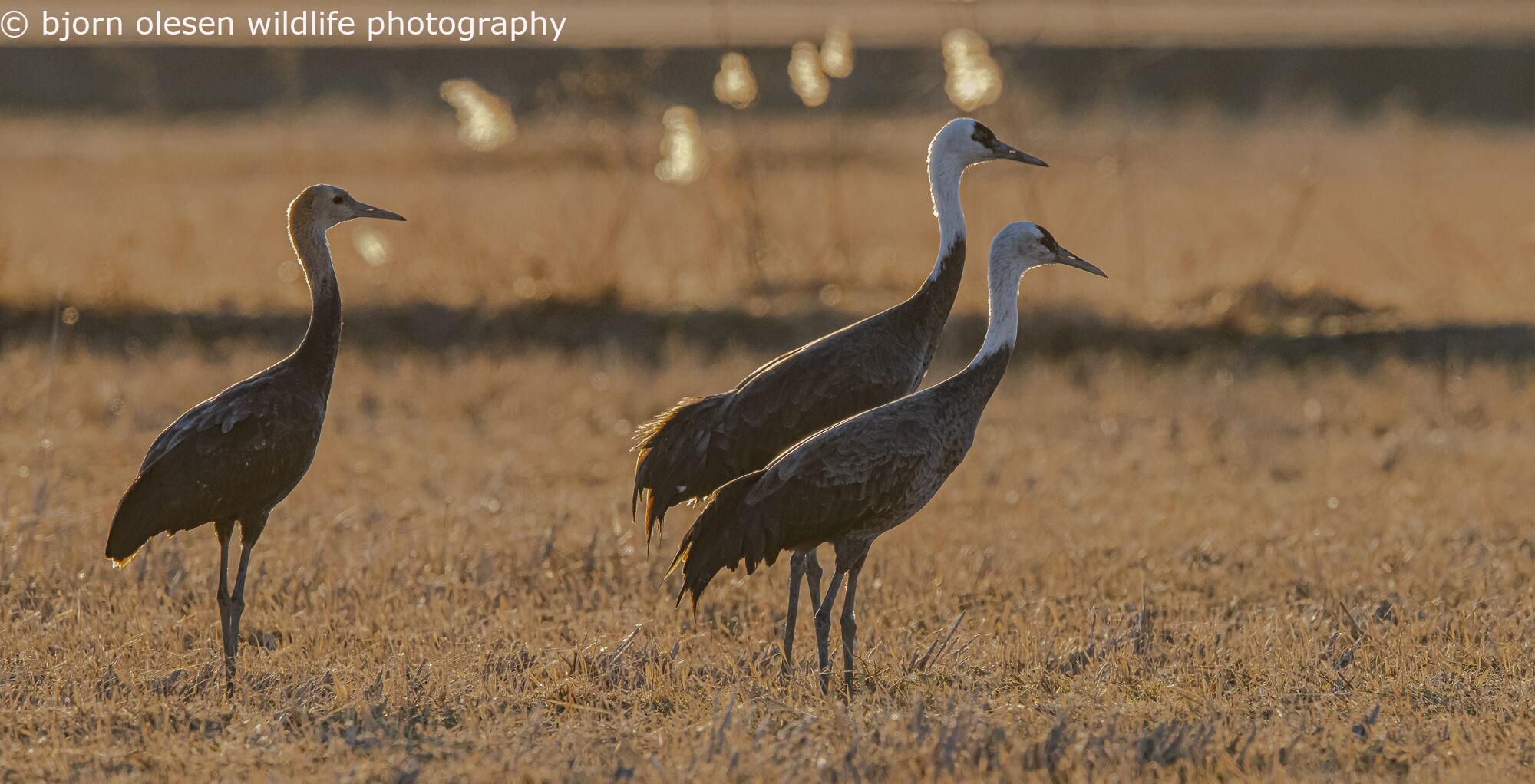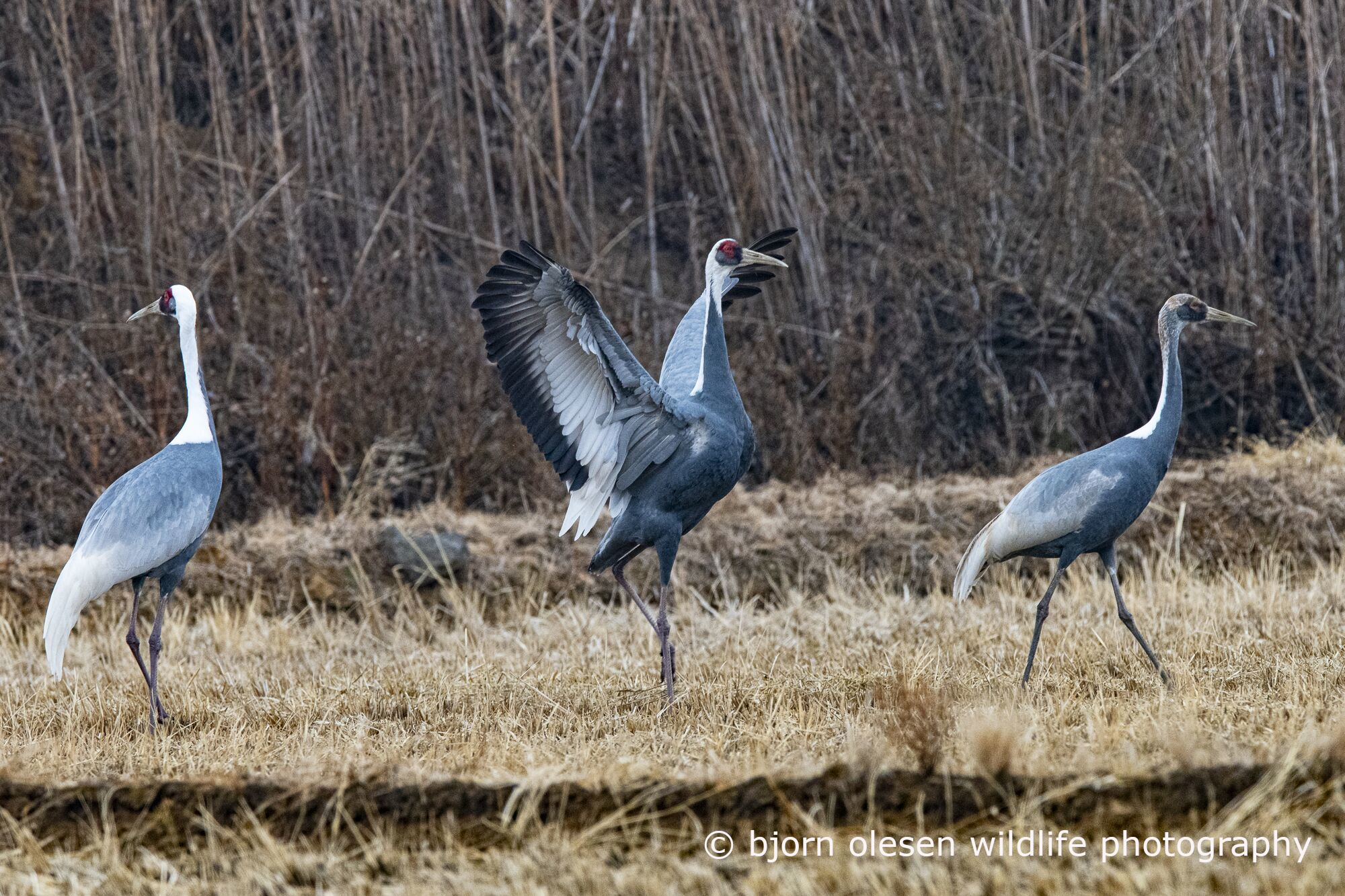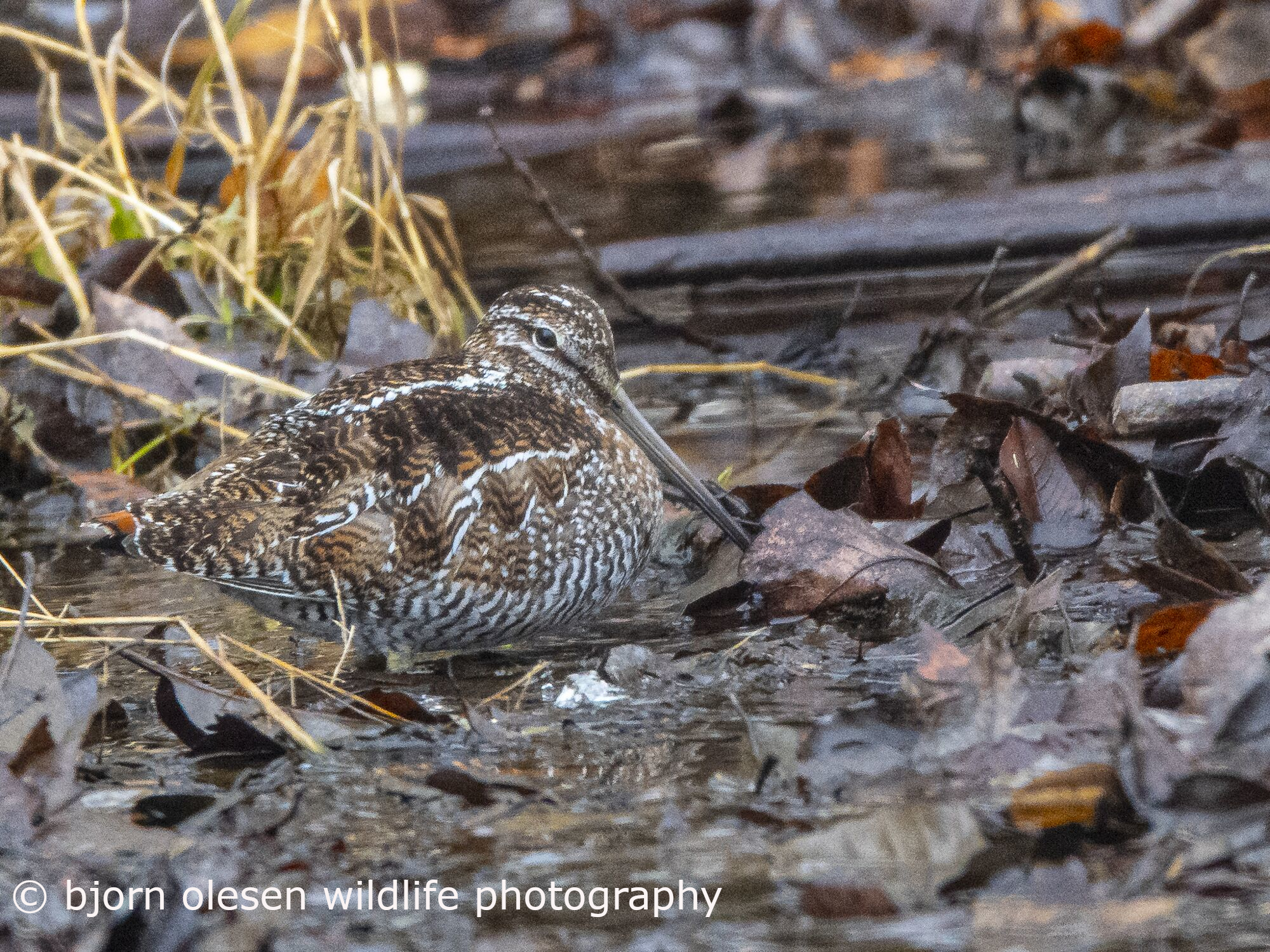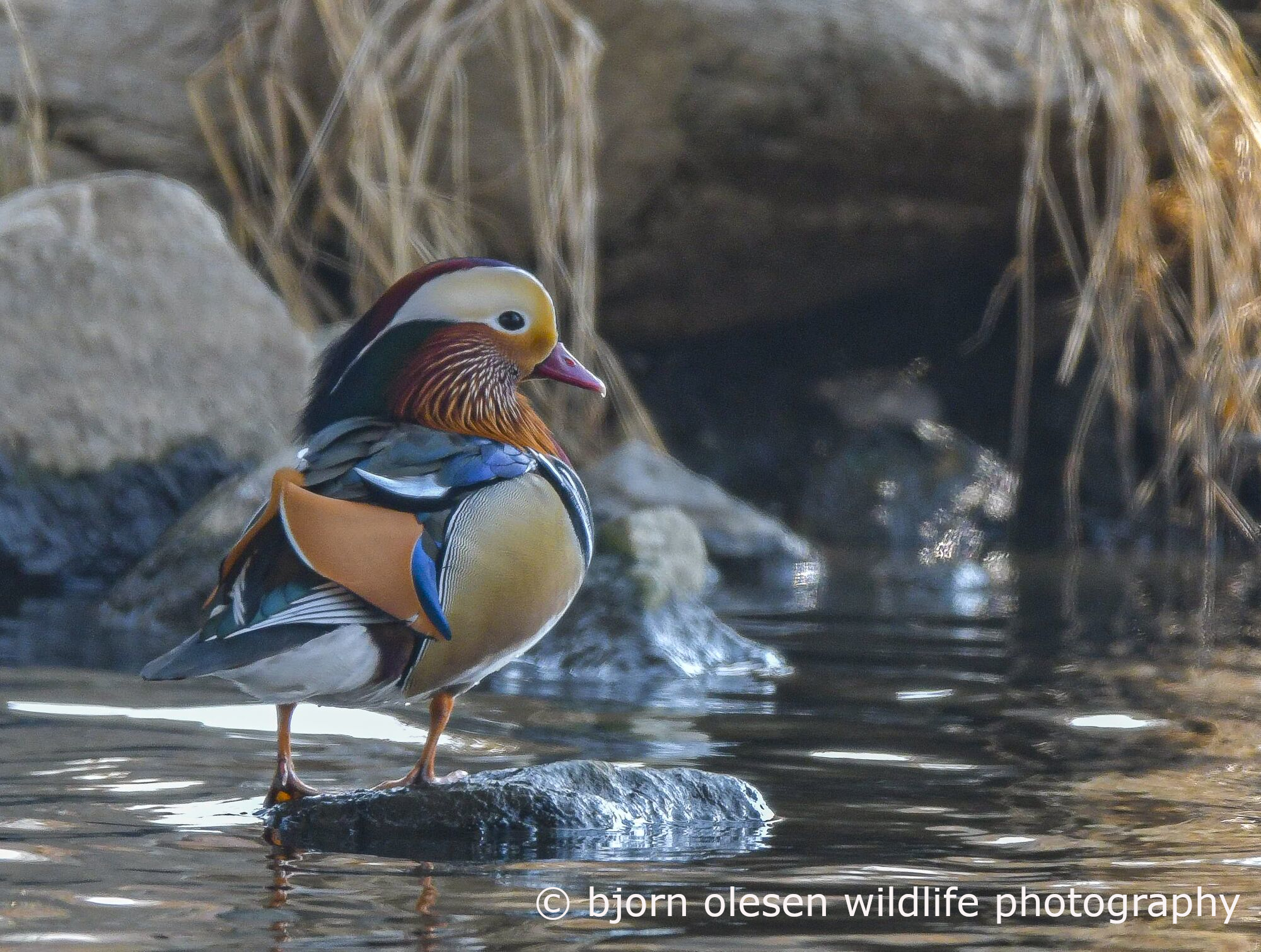Bjorn Olesen, December 30th 2019

Bjorn Olesen is a retired corporate executive, award-winning wildlife photographer and a passionate conservationist. With his wife Fanny, he has published three books ‘A Visual Celebration of Giant Pandas’ in 2013, and ‘A Visual Celebration of Borneo’s Wildlife’ in 2016. Their latest publication ‘Asia’s Wildlife: A Journey to the Forests of Hope’ has just been released with proceeds in support of BirdLife International. Foreword by HIH Princess Takamado of Japan.
I have just concluded a productive ten-day assignment to South Korea to gather information and images for a new wildlife conservation book project. The publication is planned to feature South Korea and in particular the Civilian Control Zone (CCZ) running south of the Demilitarized Zone (DMZ) between North and South Korea. The trip was ably arranged by Dr. Nial Moores of Birds Korea, and we succeeded in getting images of all our main target species, and more. Apart from the occasional fog and mist we were blessed with good and mild weather.

It is not generally known outside South Korea, that the CCZ is one of the world’s hot spots for crane migration. Already on the first night, we saw an evening flight of cranes including at least 2,200 globally Vulnerable White-naped Crane Antigone vipio and 150 globally Endangered Red-crowned Cranes Grus japonensis coming into roost in the Donsong Reservoir.

During the tour we drove some 2,600 km and visited close to ten different sites, which apart from the Civilian Control Zone included the Seosan Reclamation Area, Geum River and Estuary, Saemangeum and Suncheon Bay, Junam Reservoir, the Upo Ramsar site, and the National Arboretum on the last day. This trip gave us an unique opportunity to observe and photograph Korea’s great winter bird life in the main habitats: intertidal wetlands, freshwater wetlands, grasslands and open agriculture areas and forested areas.
Some of the highlights were: observing five of the seven species of cranes found in Korea with breath-taking views of thousands of White-naped and globally Vulnerable Hooded Cranes Grus monacha, not to mention hundreds of Red-crowned Cranes in or near the CCZ.

As a result of artificial feeding programs and lack of persecution, Cheorwon County now supports an increasing number of wintering White-naped and Red-Crowned Cranes. A new educational crane centre has been developed here, and some sections of rice-field have recently been screened by the local Crane Protection Association to reduce disturbance to foraging birds. A very good local initiative!

The population of the iconic and globally Endangered Asian Crested Ibis Nipponia nippon (below) is on the increase. In the 1980s only a few dozen of this species were left in the wild, mainly in China and Japan. The latest estimate now indicates a population of around 500 birds in the wild, which has been supported by very successful captive breeding programmes in China, Japan and now also in South Korea, where the first captive-bred birds were released into the wild in the first half of 2019.


In the Geum Estuary we got close up shots of more than 70 wintering globally Vulnerable Swan Goose Anser cygnoid.


And towards the southeast, we spent an enjoyable morning watching a small flock of the very shy, river specialist and globally Endangered Scaly-sided Merganser.

Far Eastern Russia has become the last refuge for many threatened species including the Scaly-sided Merganser, which is a species that has been particularly badly affected by rapid development across East Asia. This merganser breeds only in Far Eastern Russia, north-east China and probably in DPR Korea. Global Population size: 2400-4500. According to Birds Korea, which is the South Korean NGO member of the special EAAFP Task Force for the species, numbers of this species have been impacted on the Korean Peninsula by dam construction, river dredging and high levels of disturbance.
Some more highly photogenic species enjoyed during the ten days included:





In addition to waterbirds, we also several land birds that are found only in east Asia:



And a small number of special mammals:


All wildlife images: © bjorn olesen wildlife photography


